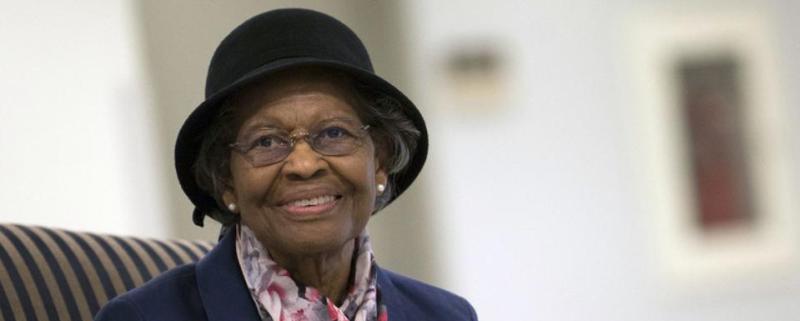 In honor of both Women’s History Month and Black History Month, an updated repost about Gladys West.
In honor of both Women’s History Month and Black History Month, an updated repost about Gladys West.
From maps to apps to chartplotters, we all rely on GPS these days, sometimes whether we realize it or not. Ethan Siegel wrote in Forbes: Unbeknownst to most people, however, the science underlying this technology was primarily developed by two people: Albert Einstein, whose theories of special and general relativity both play an important role, and Gladys West, a still-living and largely unheralded Black woman whose scientific contributions enabled us to understand geodesy and the shape of the Earth well enough to make GPS technology possible.

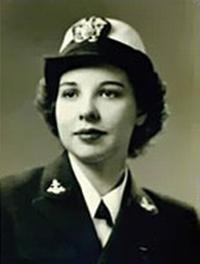 During Women’s History Month, it is a good time to honor
During Women’s History Month, it is a good time to honor  A red traditional Faroese knit sweater was recently found in a stash of 19th-century letters at the British
A red traditional Faroese knit sweater was recently found in a stash of 19th-century letters at the British  Orcas attacking and killing sharks, even great white sharks, off the coast of South Africa is nothing new. A year ago,
Orcas attacking and killing sharks, even great white sharks, off the coast of South Africa is nothing new. A year ago,  On Sunday, February 18th,
On Sunday, February 18th, 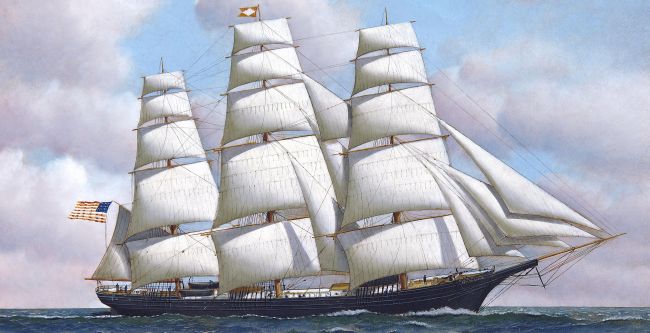 On the first day of Women’s History Month, it is worth remembering
On the first day of Women’s History Month, it is worth remembering 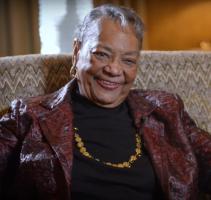 Today, the 29th of February, is Leap Day, which seems to be a perfect opportunity to celebrate both February’s Black History Month and March’s Women’s History Month. As such, it is a good time to honor the memory of
Today, the 29th of February, is Leap Day, which seems to be a perfect opportunity to celebrate both February’s Black History Month and March’s Women’s History Month. As such, it is a good time to honor the memory of 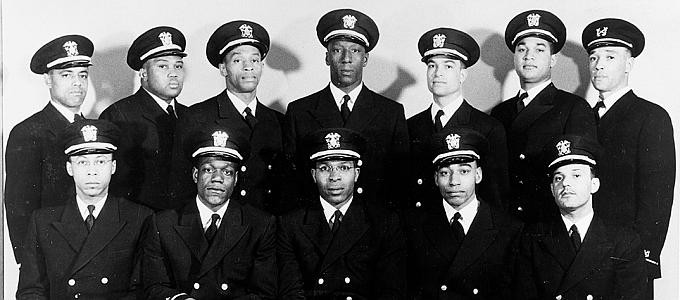

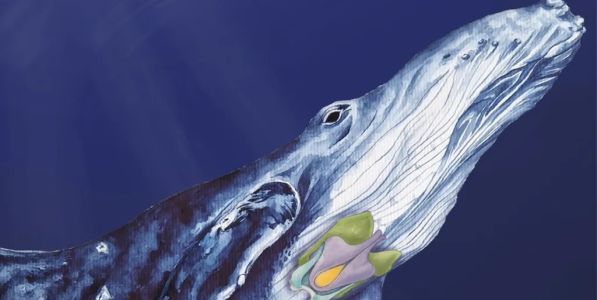
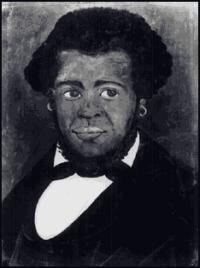

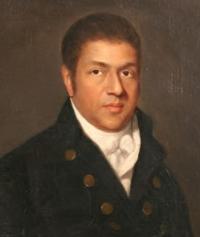 During Black History Month, it is worthwhile to remember early African-American shipmasters. Who was the first? That is hard to say.
During Black History Month, it is worthwhile to remember early African-American shipmasters. Who was the first? That is hard to say. 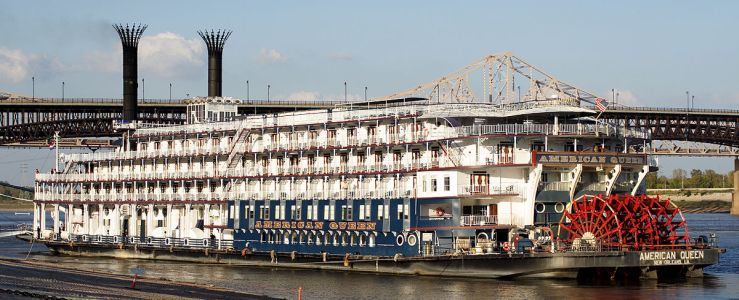 The
The 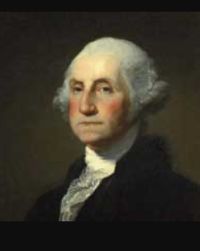
 On Sunday evening, anti-ship ballistic missiles, launched by Houthi rebels from Yemen, struck the
On Sunday evening, anti-ship ballistic missiles, launched by Houthi rebels from Yemen, struck the 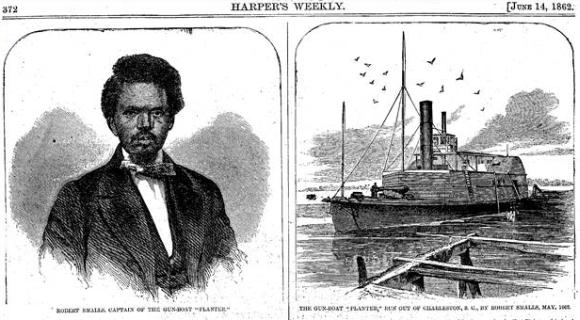 Here is a story well worth retelling; an updated repost in honor of Black History Month; the remarkable story of Robert Smalls.
Here is a story well worth retelling; an updated repost in honor of Black History Month; the remarkable story of Robert Smalls.
